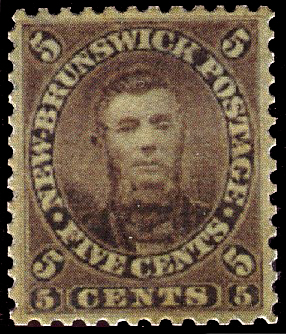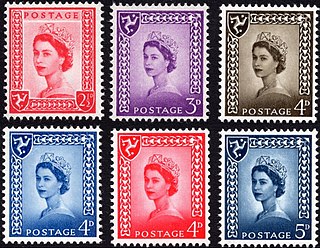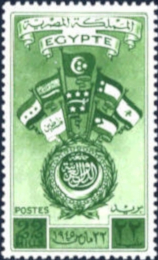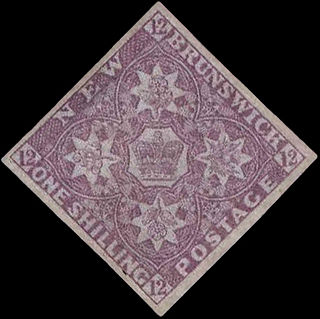
This is a survey of the postage stamps and postal history of Nova Scotia .

This is a survey of the postage stamps and postal history of Nova Scotia .
The first stamps of Nova Scotia were issued in 1851. [1]
Values 1 to 12+1⁄2 cents.

Nova Scotia joined the Dominion of Canada in 1867.

Charles Connell was a Canadian politician, now remembered mainly for placing his image on a 5-cent postage stamp. Born in Northampton in the then-British colony of New Brunswick to a family of Loyalists who had fled the American Revolution, he entered politics in 1846, serving in the colony's Legislative Assembly and House of Assembly.

The postal and philatelic history of Canada concerns postage of the territories which have formed Canada. Before Canadian confederation, the colonies of British Columbia and Vancouver Island, Prince Edward Island, Nova Scotia, New Brunswick and Newfoundland issued stamps in their own names. The postal history falls into four major periods: French control (1604–1763), British control (1763–1841), colonial government control (1841–1867), and Canada, since 1867.

This is a survey of the postage stamps and postal history of Zululand under British rule.

Charles Fenerty was a Canadian inventor who invented the wood pulp process for papermaking, which was first adapted into the production of newsprint. Fenerty was also a poet, writing over 32 known poems.
The European and North American Railway (E&NA) is the name for three historic Canadian and American railways which were built in New Brunswick and Maine.

The history of Nova Scotia covers a period from thousands of years ago to the present day. Prior to European colonization, the lands encompassing present-day Nova Scotia were inhabited by the Mi'kmaq people. During the first 150 years of European settlement, the region was claimed by France and a colony formed, primarily made up of Catholic Acadians and Mi'kmaq. This time period involved six wars in which the Mi'kmaq along with the French and some Acadians resisted the British invasion of the region: the French and Indian Wars, Father Rale's War and Father Le Loutre's War. During Father Le Loutre's War, the capital was moved from Annapolis Royal, Nova Scotia, to the newly established Halifax, Nova Scotia (1749). The warfare ended with the Burying the Hatchet ceremony (1761). After the colonial wars, New England Planters and Foreign Protestants immigrated to Nova Scotia. After the American Revolution, Loyalists immigrated to the colony. During the nineteenth century, Nova Scotia became self-governing in 1848 and joined the Canadian Confederation in 1867.
Christmas Island, Nova Scotia is a Canadian community of the Cape Breton Regional Municipality on Cape Breton Island, Nova Scotia. It has a post office, a firehall and a very small population. It has a beach with access to the Bras d'Or Lake. A small island just off shore, also named Christmas Island, encloses Christmas Island Pond, a pond that runs into the lake.

This is a survey of the postage stamps and postal history of the Isle of Man.

This is a survey of the postage stamps and postal history of Lebanon, formerly known as Liban.

This is a survey of the postage stamps and postal history of Liechtenstein.

This is a survey of the postage stamps and postal history of Ghana, known as the Gold Coast before independence.

The Faculty of Medicine at Dalhousie University, also known as Dalhousie Medical School, is a medical school and faculty of Dalhousie University in Halifax, Nova Scotia, Canada.

This is a survey of the postage stamps and postal history of Tristan da Cunha.

This is a survey of the postage stamps and postal history of Egypt.

This is a survey of the postage stamps and postal history of Zimbabwe.

This is a survey of the postage stamps and postal history of New Brunswick.

The first postal service took place using mail sent with captains of packet ships, using agents in the England and in the islands for the end delivery. The cost was normally 3d. The first pillar boxes in Britain were introduced in the Channel Islands as an experiment in 1852, to collect mail for the Royal Mail packet boats. The oldest pillar box in use in the British Isles is in Guernsey.

Canada issued revenue stamps from 1864 to 2005. In addition to national issues, the provinces of Alberta, British Columbia, Manitoba, New Brunswick, Newfoundland, Nova Scotia, Ontario, Prince Edward Island, Quebec, Saskatchewan and Yukon as well as Cape Breton, Halifax, Morden, Saskatoon and Winnipeg also had their own stamps.
Nicholas André Ambrose Argenti was a British stockbroker who served as a captain in the British Army during the First World War and a Squadron Leader in the Royal Air Force in the Second. He was at one time Chairman of the Nuclear Investment Company Limited.